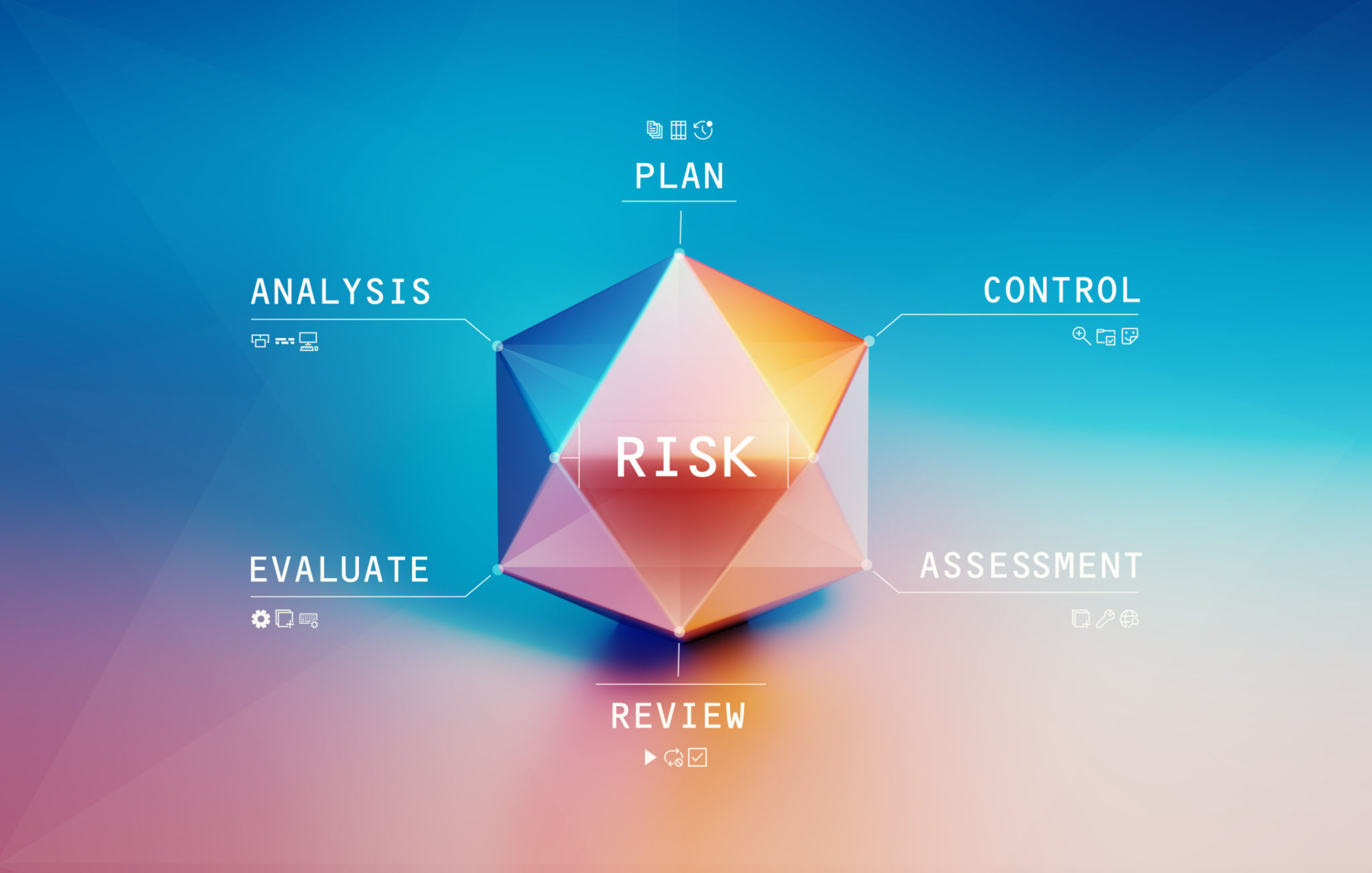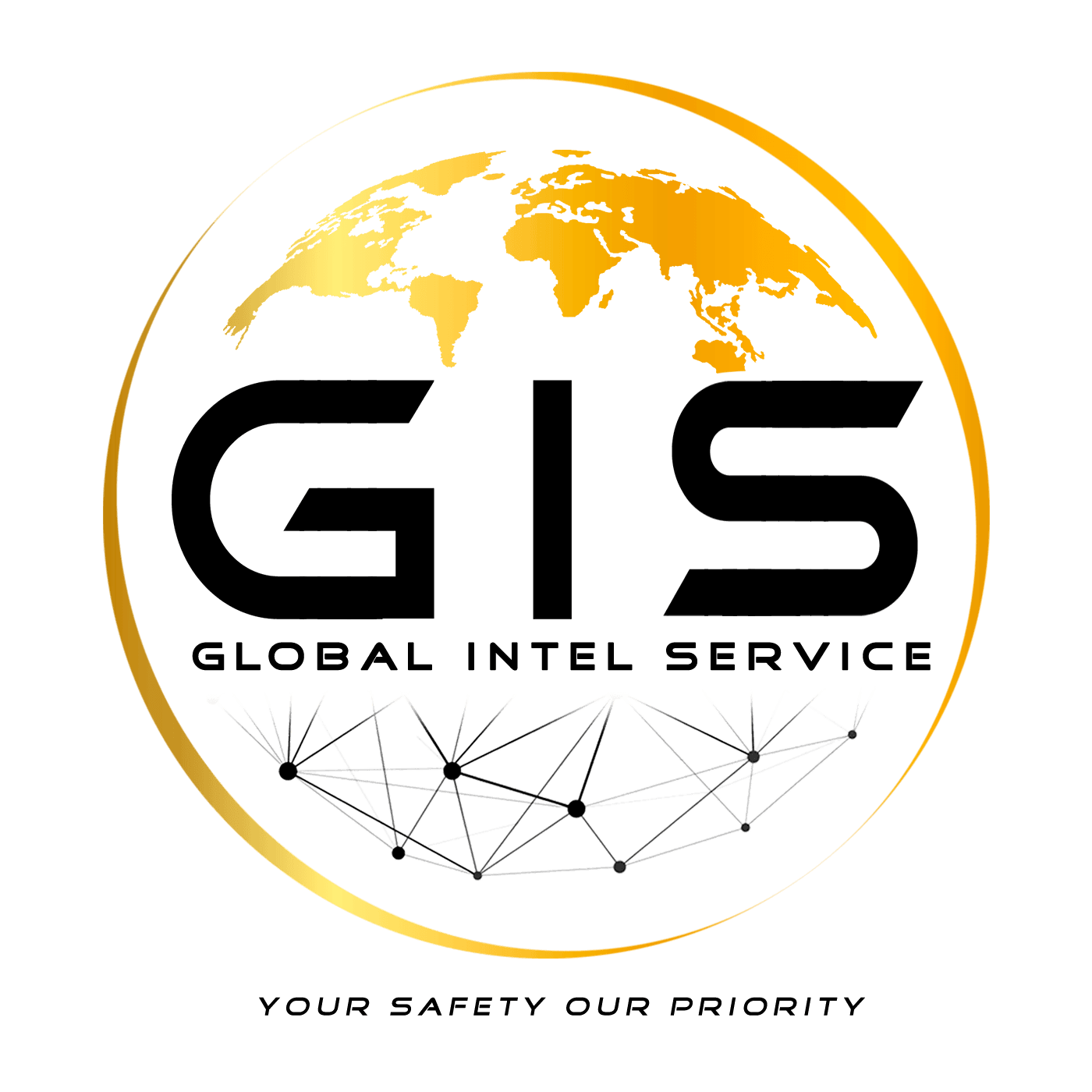Comprehensive Guide to Security Risk Management in North America
Understanding Security Risk Management
Security risk management is a critical process for organizations across North America, aiming to identify, assess, and mitigate risks that could potentially impact operations. This discipline involves a proactive approach to understanding and managing security threats, ensuring that businesses remain resilient in the face of various challenges.
At its core, security risk management is about balancing the need for security with organizational objectives. It requires a comprehensive strategy that encompasses people, processes, and technology to effectively protect assets and information.

Key Components of Security Risk Management
To build a robust security risk management framework, organizations must focus on several key components:
- Risk Assessment: Identifying potential threats and vulnerabilities that could impact the organization.
- Risk Analysis: Evaluating the likelihood and impact of identified risks to determine their severity.
- Risk Mitigation: Implementing measures to reduce the likelihood or impact of risks.
- Monitoring and Review: Continuously monitoring the risk environment and reviewing risk management strategies for effectiveness.
The Importance of a Proactive Approach
In today’s rapidly evolving threat landscape, being reactive is not enough. Organizations must adopt a proactive approach to security risk management. This means anticipating potential threats and developing strategies to mitigate them before they occur. By doing so, businesses can minimize disruptions and maintain operational continuity.

A proactive security posture involves regular risk assessments, employee training, and the implementation of advanced technologies to detect and respond to threats in real-time. This approach not only safeguards assets but also enhances an organization's reputation by demonstrating a commitment to security.
Implementing a Comprehensive Risk Management Plan
Developing a comprehensive risk management plan is essential for addressing security threats effectively. This plan should be tailored to the specific needs of the organization and include:
- Risk Identification: Cataloging potential risks and classifying them based on their nature and potential impact.
- Risk Evaluation: Analyzing the magnitude of each risk to prioritize risk mitigation efforts.
- Response Planning: Developing strategies to address each identified risk, including contingency plans for worst-case scenarios.
- Communication Strategy: Ensuring all stakeholders are informed about risks and the measures in place to mitigate them.
The Role of Technology in Security Risk Management
Technology plays a pivotal role in modern security risk management strategies. Advanced tools and systems can automate risk assessment processes, provide real-time threat intelligence, and enhance incident response capabilities. By leveraging technology, organizations can gain deeper insights into their risk landscape and respond more swiftly to potential threats.

Moreover, integrating technologies such as artificial intelligence and machine learning can improve the accuracy of risk predictions and streamline decision-making processes. This technological integration not only boosts efficiency but also enhances overall security posture.
Conclusion: Building a Resilient Organization
Effective security risk management is crucial for building resilient organizations in North America. By understanding the intricacies of risk management and implementing comprehensive strategies, businesses can safeguard their operations against an array of threats. As the threat landscape continues to evolve, staying informed and adaptable remains essential for maintaining security and ensuring long-term success.
